Decorative stone in the hallway - laying secrets
In the design of a house and apartment, I want to use natural materials, but this is not always justified. For example, the use of natural stone for interior decoration. It is expensive, difficult and requires high qualifications. There is a very similar to natural artificial stone. It is also made from natural ingredients, but it weighs several times less and costs much less. Moreover, finishing the hallway with a decorative stone can be done by hand - its installation does not require special qualifications.
The content of the article
Types of decorative finishing stone
Today, there are three types of decorative artificial stone used for interior decoration:
- cement based;
- gypsum-based;
- agglomerate.
In appearance, these products very much resemble natural stone, only weigh much less (from 14 kg / m2 up to 50 kg / m2). The cost (compared to natural) is also much lower, especially if the manufacturer is Russian or Belarusian. The advantages include easier installation - only the front part is textured, the other three are more like tiles or bricks.
Actually, there is another type of artificial finishing stone - clinker tiles, imitating different types of brickwork. It is made from clay almost using brick technology - it is fired in a kiln and glazed. The difference in thickness is 1-3 cm.This type of finish is good in many modern interiors - from hi-tech to loft.
Gypsum based
Gypsum finishing stone is the most inexpensive of this type of material. Its second plus is that it is the lightest. It is it that is used when mounting on drywall, since it simply cannot withstand heavy loads. Cons - it is rather fragile, hygroscopic, and can collapse when wet. Decorating the hallway with decorative gypsum-based stone is possible only if, after installation, it is treated with a special protective impregnation or acrylic-based varnish.
- The format of gypsum tiles can be any - a very plastic solution allows you to get any surface and shape
- Light shades in the hallways do not "crush" and do not make it heavy
- Uneven color adds volume and charm
- Gypsum decorative stone in combination with a gypsum panel in the corridor - oriental style
- Decorative stone especially stands out against the background of smooth walls
- Different color options for one collection
Cement based
A strong and durable finishing stone is obtained from a gypsum-sand mixture. It can be washed even with a brush using liquid detergents. Its disadvantages:
- It's hard to cut. You will need a grinder with a diamond disc so that there is less dust, you can moisten the tiles.
- Great weight. This is when compared with a gypsum analogue, and compared to natural weight is more than two times lower.
- Higher price. In the manufacture of cement decorative stone, high-quality cement is used, but it costs decently. In addition, the production technology affects the price - cement takes longer to gain the required strength (28 days), and the formed tiles must be stored somewhere until this moment, and under certain conditions (at a temperature of about 20 ° C and sufficient humidity of 40-50%).This means that significant areas are needed for storage facilities, and this is additional costs.
All these disadvantages are compensated by durability and ease of maintenance, so that it is one of the most common decorative stones for interior and exterior decoration.
- Combination of decorative stone and wallpaper in the corridor
- This type of decoration in the hallway is convenient in terms of cleaning.
- You can completely lay out the walls in the hallway with decorative cobblestone
- Interesting coloring
- Light gray - the best for a small hallway
- If you decide to make such walls, the lighting should be bright.
- A great option for decorating a fashionable loft style
Artificial agglomerate stone
This type of decorative decorative stone has appeared recently. It consists of crushed natural rocks - marble, granite, quartzite - to which polymer resins or cement are added. A coloring pigment is added to produce vibrant colors. Such a decorative stone looks great - interspersed with natural fragments, reflections on the edges of the crumb ... It looks really good, it is suitable for interior decoration work.
- Granite agglomerate
- Samples at the stand of one of the companies
- There can be many color options: quartz agglomerate
Painting methods
When choosing a collection of plaster or cement, pay attention to the method of staining. The pigment can be added to the solution, and then the weight of the tile will be of the same color. On its front surface, tint tones are then applied, which give the surface a more natural look. With this technology, even with a chip, the difference will not be noticeable, since the shades are close.
In another embodiment, the pigment is applied only to the surface. Then, with a chip or the need for cutting, the color will be very different.
Laying artificial stone with your own hands
Before starting work, you need to decide on the quantity. It's not as easy as it sounds. If you look at the collections, you will see that they mainly consist of fragments of several sizes and shapes. The exception is ceramic stone and collections that imitate brickwork. After knowing the size of the fragments, you can estimate how you would like to arrange them approximately.
Mark the boundaries of the finish on the walls. Now you can more or less accurately calculate how many "squares" of decorative stone you need. Add about 10-15% to the resulting figure - for trimming and possible changes in the process. This will be the required amount for finishing.
Pre-layout
Craftsmen who have experience in working with decorative stone first "estimate" where which fragments to place, how to turn them. You can do the layout on the floor, you can do it in design programs (if you know how to work with them), you can try to draw a plan on graph paper or a piece of paper in a box. The main condition: it is necessary to observe proportions and not forget about the seam. It can be very small - this type of installation is called seamless or solid, and it can be up to 1 cm thick or even slightly more.
Many people skip this stage when independently decorating the walls with decorative stone, hoping that in the process of work everything will become clear. You can, of course, and so, but keep in mind that the glue sets very quickly and there is very, very little time for rework. It will be easier to work according to the plan.
Surface preparation
Walls of any material can be trimmed with artificial stone, but they all require preliminary preparation. If the walls were previously decorated with something, all the finishing is removed, a bare wall with plaster should remain. Gluing a decorative stone on old wallpaper is a waste of time and money: the finish will simply fall off. Some very light collections can be glued onto the wallpaper, but these can only be fragments - a few tiles.And then, no one will give a guarantee that the wallpaper will not tear and everything will not collapse.
The easiest process to prepare the walls if they are plastered. Just cover them with a primer. Its type is selected depending on the material (gypsum or cement). Then you can proceed to the actual finishing.
If the walls are made of bricks, building blocks, any other similar material, they are first primed, then plastered with a suitable plaster. It is also allowedwall alignment drywall. But at the same time, you severely limit yourself in the choice of a finishing stone - you will have to choose from the lightest collections in weight, and this is mainly a decorative stone made of plaster.
If the walls are wooden, they are first covered with waterproofing impregnation, after drying, they are treated with a primer. Then a painting net is nailed to the surface and only then plastered. When choosing a plaster, it is advisable to choose from those that "breathe" and will not interfere with the wood to regulate humidity. With glued tiles, this will be problematic, but the decoration of the hallway with decorative stone is usually fragmentary - the tiles are glued only in some places, and the rest of the surface will remain vapor-permeable.
What to glue on
Most decorative stone manufacturers advise using special adhesives designed specifically for working with this material. They are of three types:
- for lightweight finishing stone up to 30 kg / m2;
- for heavy from 30 to 30 kg / m2 and higher;
- for low temperatures (even + 5 ° C).
It is necessary to dilute the glue in small portions, precisely following the recommendations of the manufacturers. It is better to stir with a drill with the appropriate nozzle - this is easier to achieve homogeneity.
You can also glue on good quality tile glue, but it must be really good - you will have to keep a decent mass. The third option is for liquid nails. This method works great on drywall, with plastered surfaces it is better to use an adhesive solution.
Gluing technology
Plastered or lined with plasterboard walls are coated with a primer. While it dries, dilute a portion of the glue. When laying, it is important that the rows of finishing stone are laid horizontally. To achieve this, markings can be applied to the wall. This can be done with a paint cord, or you can draw with a pencil using a bubble or laser level.
Laying decorative stone in the hallway begins from one of the corners. Some collections have special corner tiles that are easier to work with. If there are no such fragments, you will have to decorate the edges with "end" fragments. They are in some collections - their edges are also painted. The same elements are used last in a row, where it is necessary that the ends have a decorative look.
Before laying, the back of the decorative stone tile should be inspected. There may be residues of cement laitance here - this is a thin foamy coating of light color. It must be removed. This can be done with a stiff brush.
If the air temperature is high or the humidity is low, the back of the stone is moistened with water. Then a layer of glue is applied with an ordinary spatula, it is leveled, the residues are removed using a notched (with a tooth of 4-5 mm).
The fragment is pressed against the primed surface, slightly moving it from side to side, achieve close contact with the wall, expose the fragment in the desired position. You can knock on the surface with a rubber mallet for better adhesion.
This option for laying decorative stone on walls requires a significant amount of time.It is used when you need to put only a few tiles or along the edges of a large fragment. If it is necessary to lay a significant volume, it is easier to apply the glue to the wall, and also remove the excess with a notched trowel. And press the tiles moistened with water to the glue on the wall.
Otherwise, the entire sequence of actions does not change.
If the masonry is seamless, the next element is installed back to back. If a seam is needed, the distance between the tiles is fixed using plastic, wooden wedges of the same size, pieces of drywall are also suitable. If the seam is small, you can use plastic crosses.
During operation, adhesive may be squeezed out from under the tiles. If it gets on the front surface, it must be removed immediately. Concrete finishing stone can be done with a damp cloth, gypsum - only dry. The glue sets very quickly, and then it is almost impossible to remove it without damaging the surface.
According to this principle, the planned amount of finishing is laid out. When the glue has set (indicated on the package), you can start filling the joints.
Grouting
A special compound is used to fill the seams. In color, it can imitate masonry mortar or be in contrast to the color of the finish.
The composition is diluted with water to a pasty state (the proportions are indicated on the package), put into a special syringe or a tight bag with a cut off corner. The paste is squeezed out between the seams. Depending on the type of finish, the joint is filled almost completely or only halfway (up to 5 mm can remain up to the edge of the tile). The result is either embossed masonry, or smoother.
Until the grout has set, they take a special jointing and level the seams, giving them a convex, concave or flat shape.
Photo of options for finishing the hallway and corridor with decorative stone

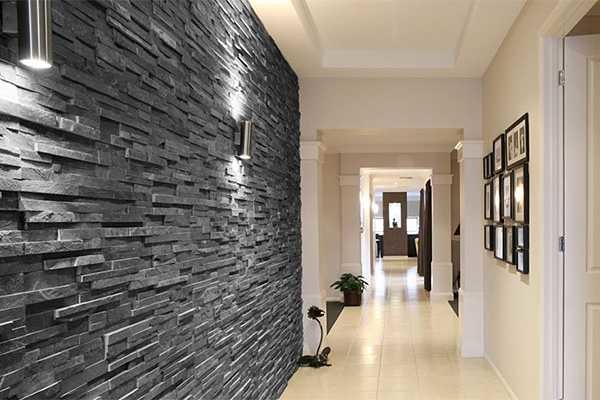
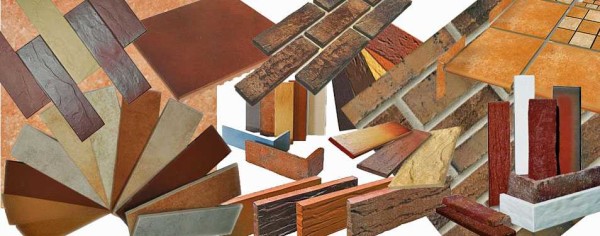
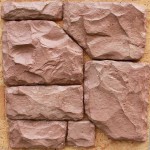
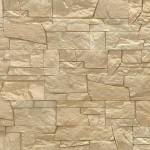
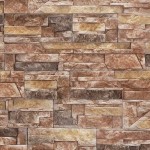
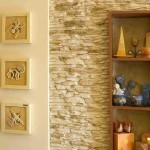
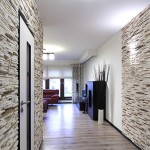
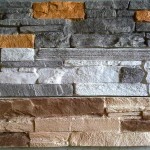
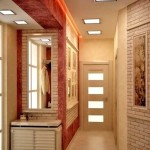
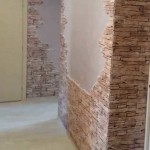
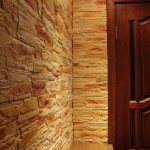
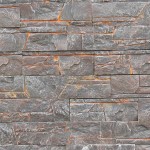
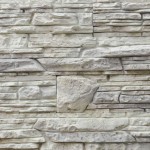
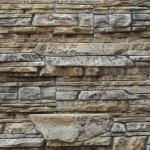
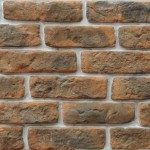
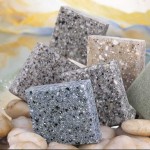
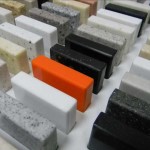
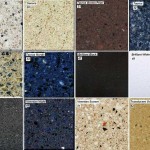
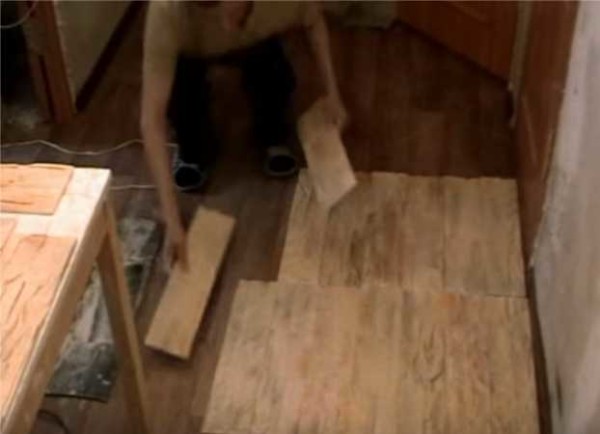
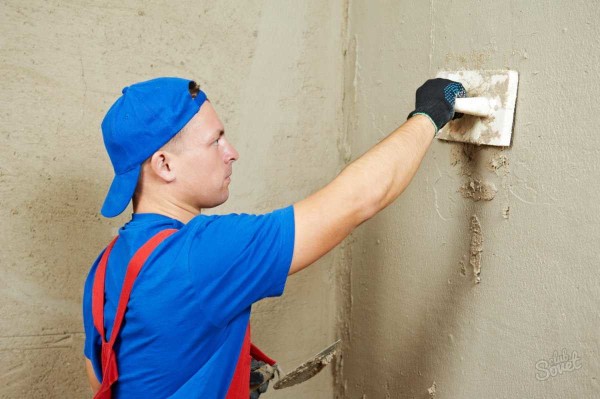
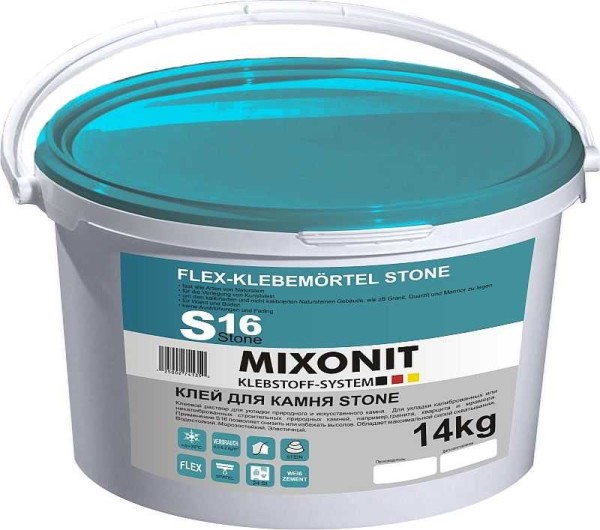
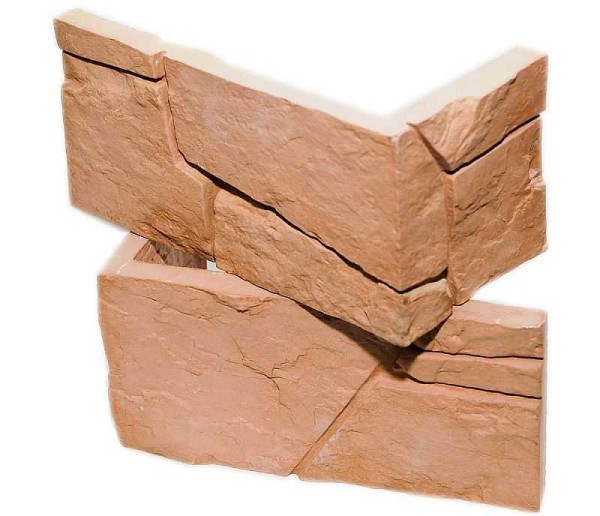
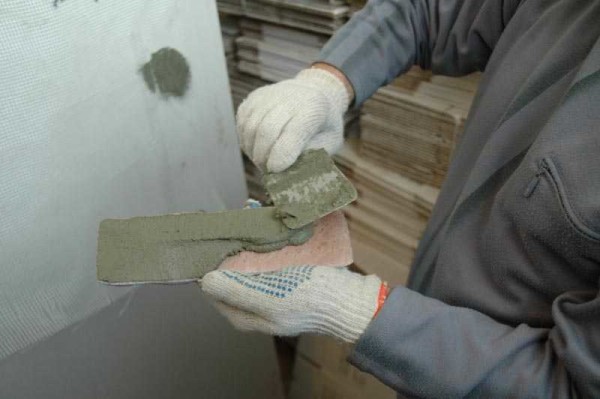
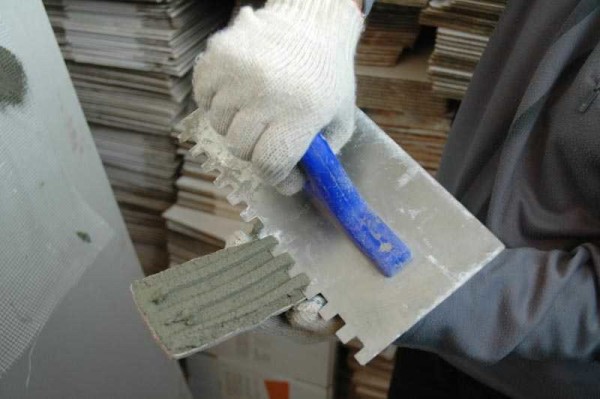
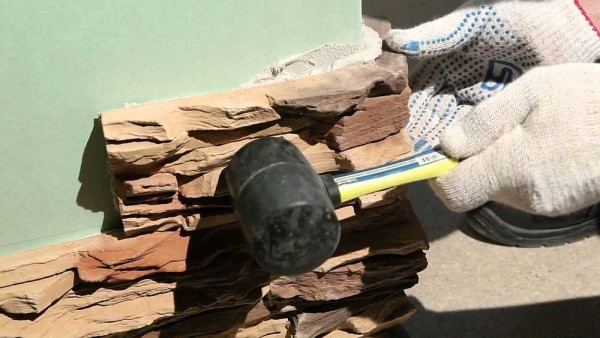
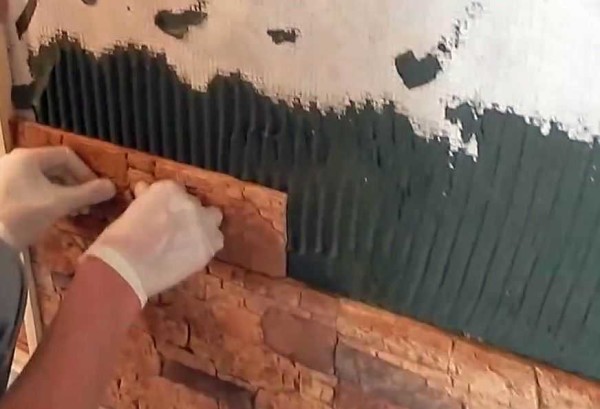
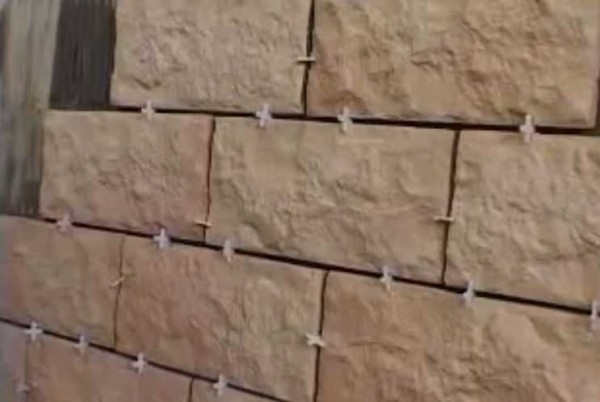
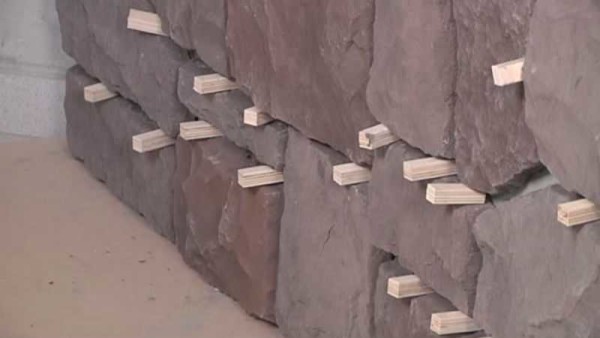
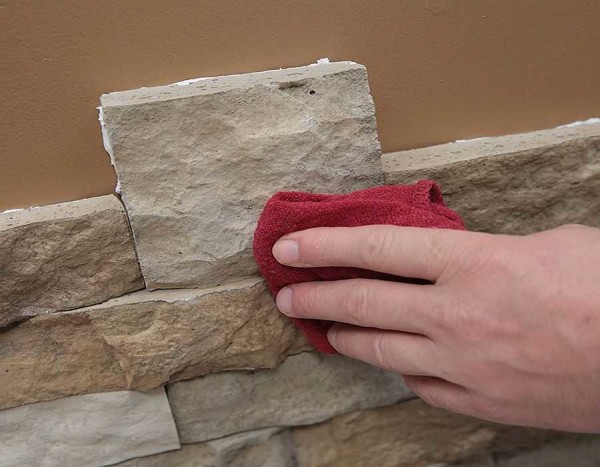
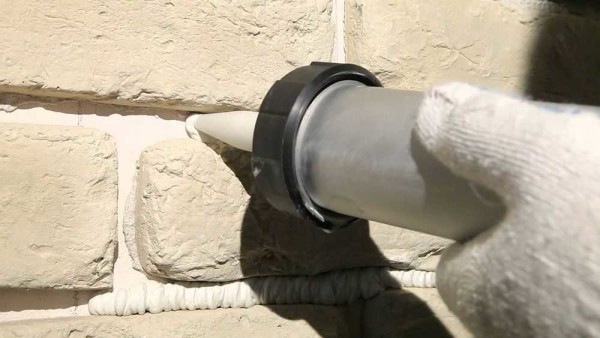
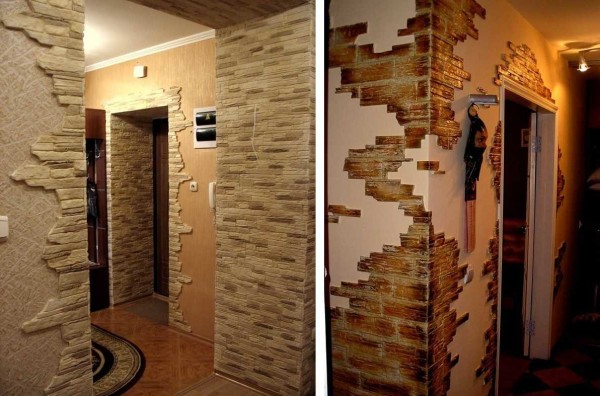
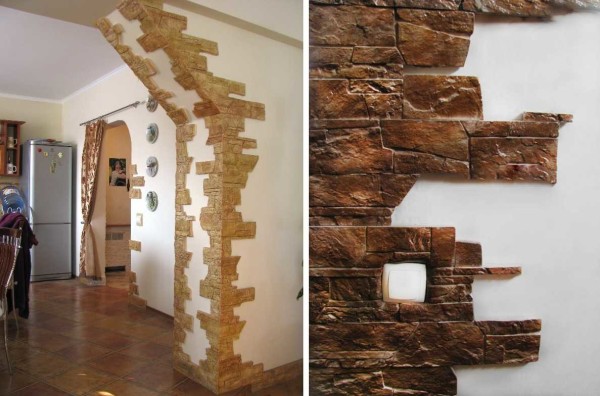
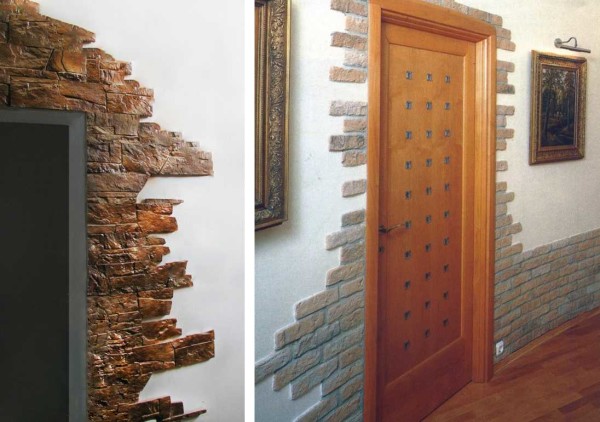
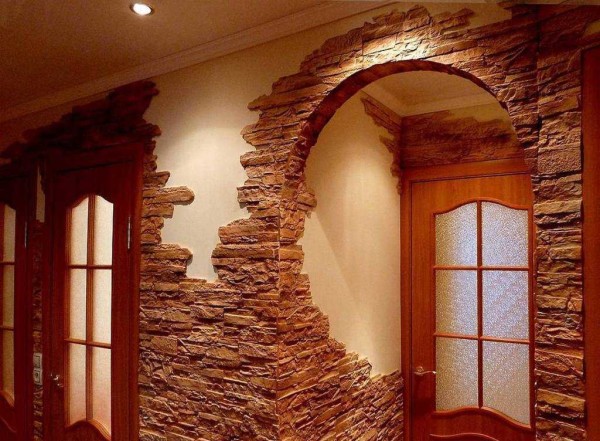
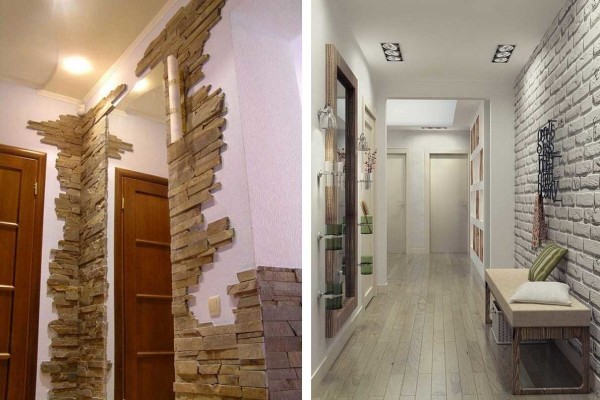
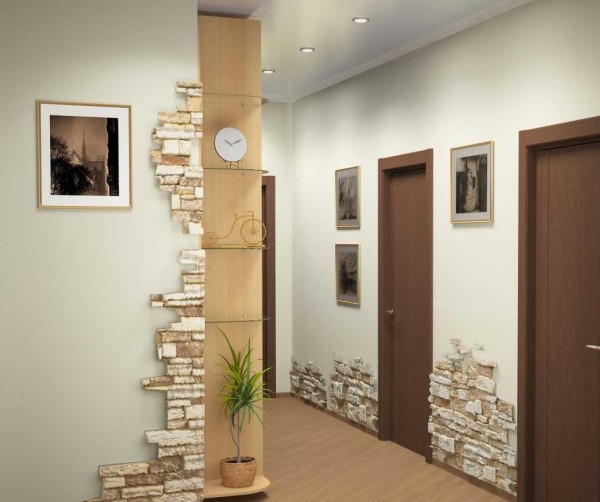
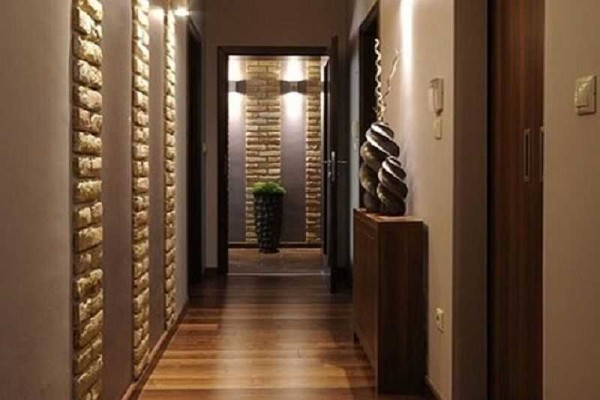
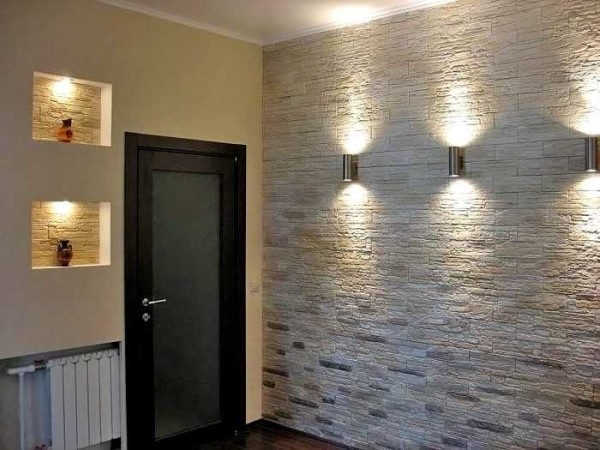
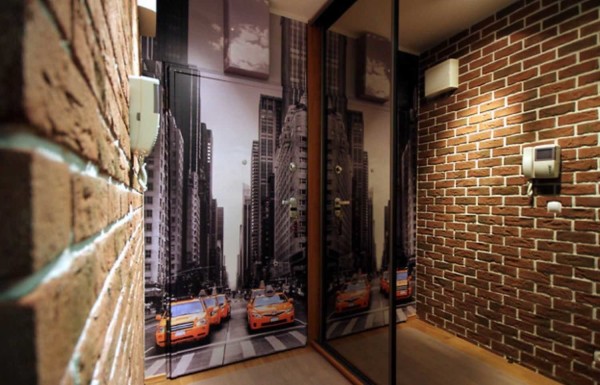
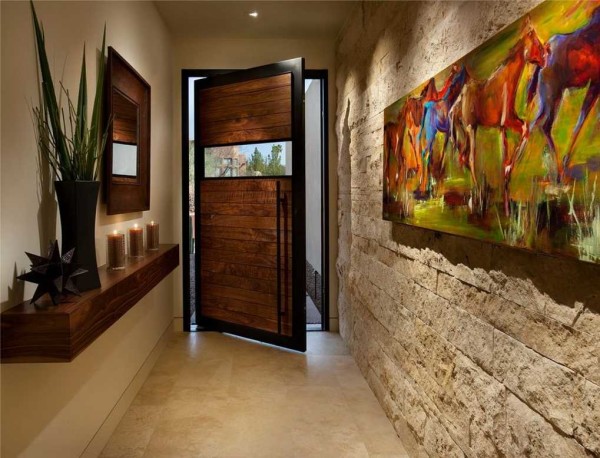
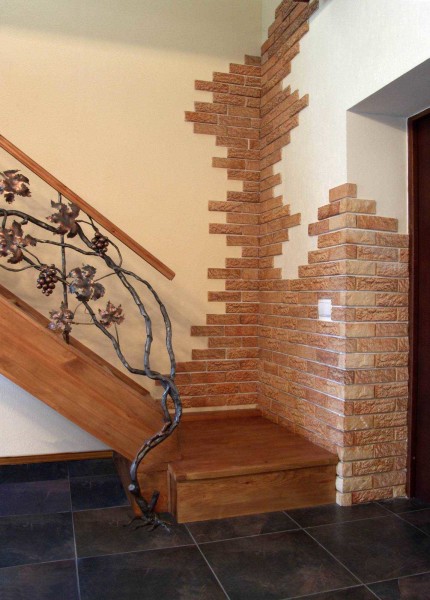



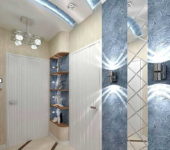






It looks very nice, now I also think to make the decoration with decorative stone. I saw a couple of interesting options in the Stone Factory, I want to drive up to them the other day.
I need a tile as in the video Laying a thin Zikam Stone in an ordinary apartment and where can I buy it.
Where can I buy? There are many similar stores in the network. Just drive a query into the search and choose in the immediate vicinity of you. Now there are no problems with this - many do it themselves.